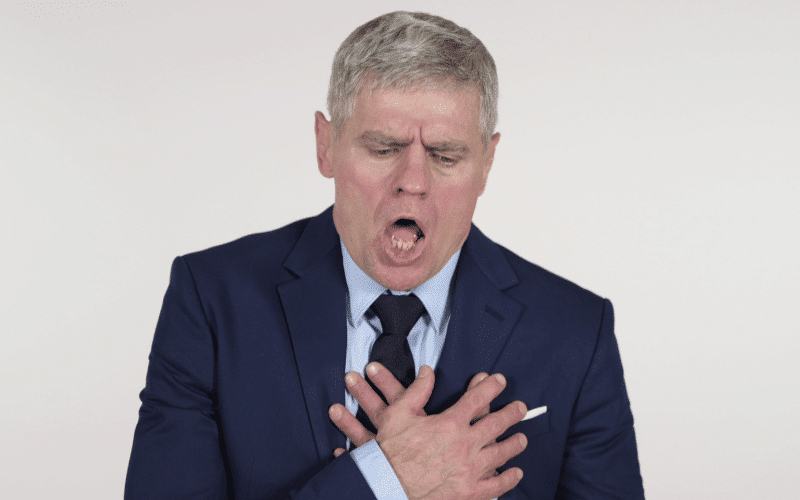Introduction: Heart Attack Causes Demystified
Unveiling the truth behind the primary culprits of heart attacks, medically known as myocardial infarctions, serves a dual purpose. It’s not just about satisfying scientific curiosity. This knowledge is crucial in informing preventative strategies, potentially saving countless lives on a global scale.
Consider the heart as an engine—vital, robust, tirelessly pumping blood to all corners of the body. Like any engine, it requires a reliable source of fuel, in this case, oxygen-rich blood. Disruptions to this flow can have grave consequences, culminating in a heart attack.
Before we delve into the top ten causes, it’s necessary to understand the intricate workings of the heart and what happens during a heart attack. A heart attack occurs when blood flow to a section of the heart becomes blocked, often by a blood clot. This blockage can damage or destroy part of the heart muscle.
Let’s cast the spotlight on these perpetrators, which range from lifestyle choices to medical conditions and even genetic predispositions. By taking a deep dive into the root causes of heart attacks, we are better equipped to promote heart health, enabling us to lead healthier, longer lives.
1. Coronary Artery Disease: The Silent Nemesis

Coronary artery disease (CAD) stands as the leading cause of heart attacks, its quiet progression earning it the moniker “silent killer”. The disease is characterized by the narrowing or blockage of the coronary arteries, which are primarily responsible for supplying the heart with oxygen-rich blood.
The primary culprit behind CAD is atherosclerosis. Picture this: fat and cholesterol begin to accumulate on your artery walls, resulting in the formation of plaques. These plaques, hardened by calcium deposits, increasingly encroach on the artery’s interior, reducing the space available for blood to flow.
Over time, blood flow to the heart can become restricted. In severe cases, a plaque may rupture, forming a clot that completely obstructs blood flow. This disruption deprives the heart muscle of oxygen, leading to a heart attack.
Underlying this disease progression is a multitude of factors—some of which are within our control. Unhealthy diet, lack of physical activity, smoking, and obesity can all contribute to CAD. However, other factors like age, family history of heart disease, and certain conditions like diabetes or high blood pressure are less within our control.
Though it progresses silently, CAD isn’t entirely undetectable. Symptoms such as chest pain or discomfort (angina), shortness of breath, heart palpitations, faster heartbeat, weakness or dizziness, nausea, and sweating can be indicative of the condition.
The role of CAD in heart attacks underscores the importance of a healthy lifestyle. Keeping tabs on blood pressure and cholesterol, regular exercise, a balanced diet, cessation of smoking, and moderation of alcohol consumption all form part of a potent arsenal against this silent nemesis. (1)